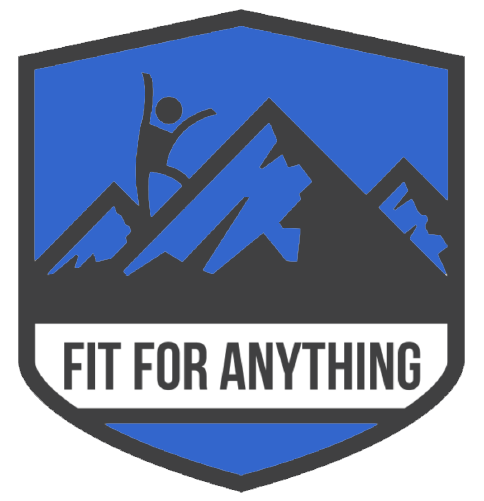Photo credit http://bit.ly/2emuf5i
Your outdoor workouts and runs needn’t grind to a halt the second that autumn and winter hit. The dark morning and dark nights simply require additional precautions safety-wise and from a staying warm point of view, your training attire will need altering to suit the season.
Be Seen
Even the best lit areas will not ensure that you are seen on a dark night, particularly if you are running alongside / on a road. Make sure that you are easy to spot, wearing hi-vis clothing and ensure you have plenty of light. Cyclists must make sure to check all lights are adequately working before setting out on each and every ride. Runners / joggers would do well to consider a head torch to light their way and again ensure that they are easy to see.
From a safety point of view running in pairs or ensuring someone else knows your route and when you will be expected back could both be sensible precautions.
Hear All
If you’re anything like most people, one of the great things about running / jogging etc outside is the ability to pound the pavement to your favourite motivating tunes.
While we’d not suggest for a minute ridding yourself of music altogether it would be wise to use perhaps one earbud instead of two and reduce the volume slightly so that you can still hear what’s going on around you, i.e. vehicles or cyclists approaching.
Alter Your Route
With the best will in the world, few of us are going to be able to enjoy a winter without mud, ice and snow. With this in mind it might be an idea to change your routine during these winter months to ensure that you may enjoy outdoor exercise and still stay on your feet. There’s no point resisting change and risking injury. Besides, it pays to mix things up somewhat when training, it challenges you and it may be motivating.
Dress for the Season
Despite the fact that once you get moving that you’ll start to warm up you still need to ensure that you are adequately dressed against the elements. Ensure that you have footwear to suit the weather (being aware of ice / snow / excess mud), protect your extremities with gloves, hats or a balaclava type of hat if possible and warm up and dry off as soon as when you get inside. Take good care of your feet, keeping them dry and warm and use layers as appropriate to maintain adequate warmth and protection from the colder temperatures, wind and rain.
In Summary
Don’t think that once the clocks change that you need to hang up your trainers until spring-time arrives. Simply alter your training to take into account your personal safety in the dark, the changing weather and the effect that weather can and will have on the terrain. Dress well, be seen and you’ll be grateful you kept your training going as come springtime you’ll be a lot closer to your health and fitness goals than you would be should you decide to winter by the fire / in front of the TV!

